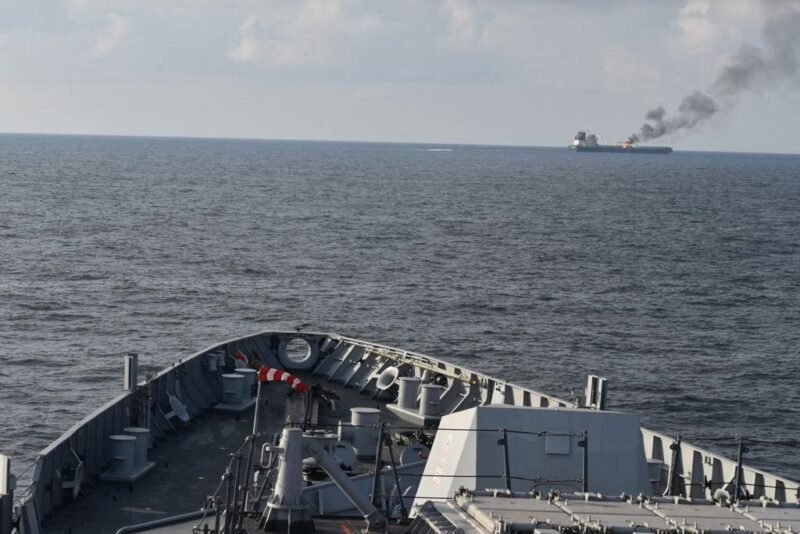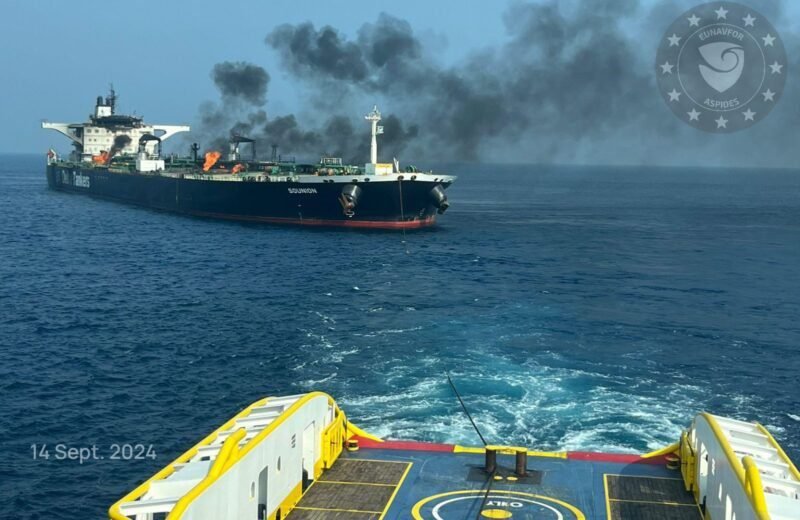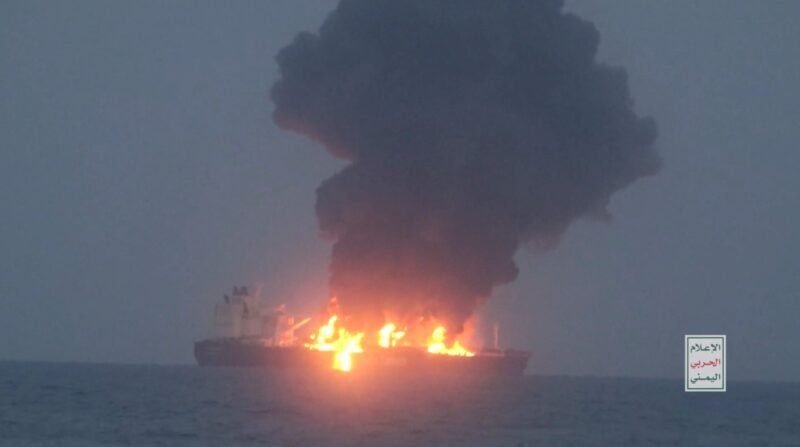The maritime industry is facing an uncertain future due to ongoing crisis in the Red Sea, with experts predicting the issues to persist into 2025. Since November, the Iran-backed Houthis in Yemen have targeted commercial vessels in the Red Sea and Gulf of Aden, leading shipping lines to reroute and incur longer journeys and higher costs. A capacity crunch, rising spot freight rates, port delays, and increased volumes have further exacerbated the situation.
Factors contributing to the price increases include stagnant effective capacity growth despite additional vessels, strong container volumes on various routes, carrier behavior causing capacity constraints, and operational disruptions leading to declining port productivity. A Drewry survey indicates that most respondents expect the diversions to end by the first half of 2025, with predictions for normalizing operations varying between two to three months after the crisis ends.
The survey reveals a pessimistic outlook for the maritime industry, with disruptions expected to continue well into the future. The crisis in the Red Sea has forced shipping lines to undergo significant challenges, prompting reroutes, longer journeys, and increased costs. Despite attempts to counteract bottlenecks and disruptions, the industry continues to face constraints and uncertainties, leading to higher spot freight rates and operational difficulties. The future of the maritime industry remains uncertain, with experts predicting a prolonged period of disruption and challenges ahead.














